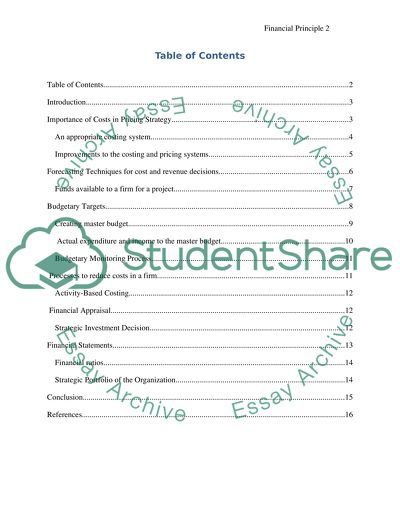Cite this document
(“Managing Financial Principles and Techniques Assignment Essay”, n.d.)
Managing Financial Principles and Techniques Assignment Essay. Retrieved from https://studentshare.org/finance-accounting/1445922-managing-financial-principles-and-techniques
Managing Financial Principles and Techniques Assignment Essay. Retrieved from https://studentshare.org/finance-accounting/1445922-managing-financial-principles-and-techniques
(Managing Financial Principles and Techniques Assignment Essay)
Managing Financial Principles and Techniques Assignment Essay. https://studentshare.org/finance-accounting/1445922-managing-financial-principles-and-techniques.
Managing Financial Principles and Techniques Assignment Essay. https://studentshare.org/finance-accounting/1445922-managing-financial-principles-and-techniques.
“Managing Financial Principles and Techniques Assignment Essay”, n.d. https://studentshare.org/finance-accounting/1445922-managing-financial-principles-and-techniques.


